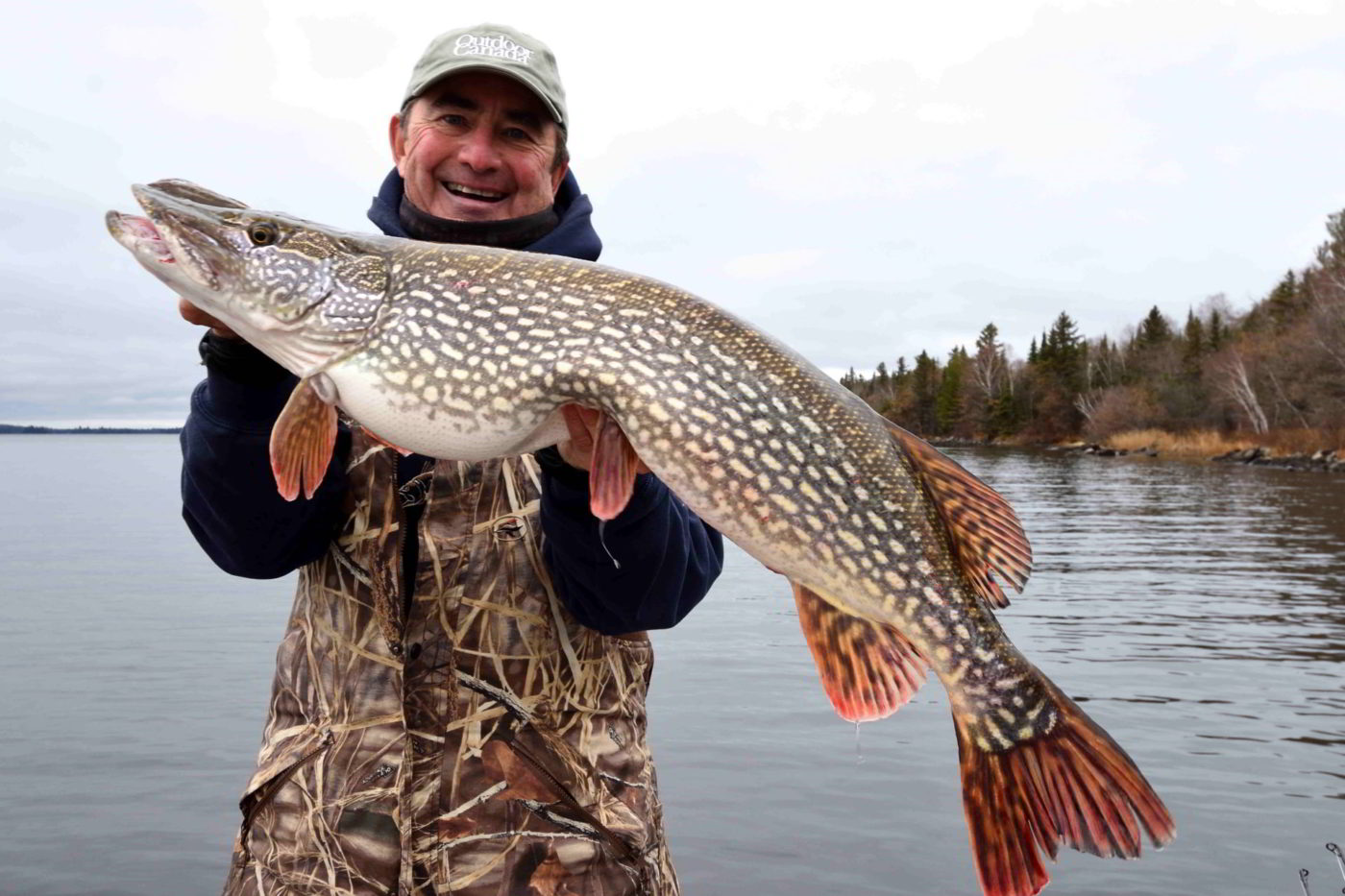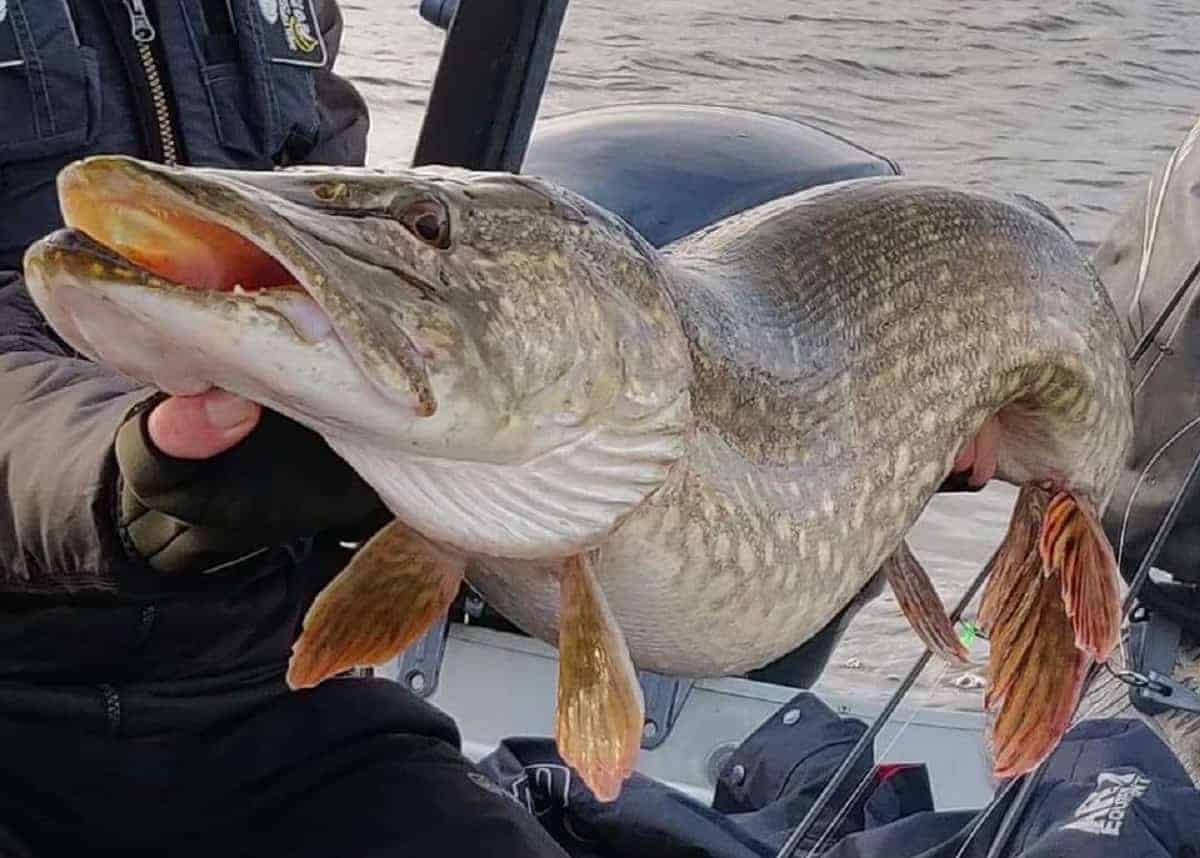Etymology and Origins: Pike Definition

Pike definition – The word “pike” has a rich and diverse history, with roots in multiple languages and cultures. Its origins can be traced back to the Proto-Indo-European language, where it was known as *peik-, meaning “sharp” or “pointed.”
The mighty pike, a freshwater fish of impressive stature, commands respect in its watery realm. Its very definition, with its elongated body and predatory nature, echoes the formidable presence it exudes. Yet, beyond its physical attributes lies a deeper significance, one that unravels the pike meaning.
From ancient folklore to modern-day symbolism, the pike embodies resilience, adaptability, and the indomitable spirit that defines true survival.
In ancient Greek, the word evolved into πικύς (pikús), referring to a pointed weapon. This term was later adopted by the Romans as “picus,” which was used to describe both a spear and a woodpecker (due to its sharp beak).
Connection to the Fish
The connection between the fish and the weapon arose from their shared physical characteristic: a pointed snout. In many languages, the same word is used to refer to both the fish and the weapon. For example, in German, “Hecht” refers to both the pike fish and a type of spear.
The pike, a fearsome predator lurking beneath the water’s surface, is a creature of legend. Its razor-sharp teeth and powerful jaws strike terror into the hearts of its prey. Like a stealthy hunter, it waits patiently for its unsuspecting victims, only to launch its attack with lightning speed.
Yet, even the mighty pike has its limitations. It cannot escape the culinary delights of the skate fish , a delicacy among gourmands. The skate fish, with its tender flesh and subtle flavor, is a culinary treasure that even the pike cannot resist.
Despite its fearsome reputation, the pike is but a pawn in the grand tapestry of nature, subject to the whims of its environment and the cravings of its adversaries.
Biological Characteristics of Pike Fish

Pike fish are predators that are known for their large size and sharp teeth. They are typically found in freshwater habitats, such as lakes, rivers, and ponds. Pike fish are carnivores and their diet consists mainly of other fish. They are also known to eat amphibians, reptiles, and small mammals.
Pike fish have a long, slender body with a pointed head and a large mouth. They have sharp teeth that are used to catch and hold their prey. Pike fish can grow to be very large, with some specimens reaching lengths of over 5 feet and weighing over 50 pounds.
Pike fish are ambush predators that typically lie in wait for their prey. When they see a potential victim, they will quickly dart forward and attack. Pike fish are very efficient predators and they are able to catch a wide variety of prey.
Pike fish are also very territorial and they will defend their territory from other pike fish. They will also defend their territory from other predators, such as otters and eagles.
Pike fish are a valuable part of the ecosystem. They help to control the population of other fish and they provide food for other predators. Pike fish are also a popular sport fish and they are often caught by anglers.
Habitat
Pike fish are found in a variety of freshwater habitats, including lakes, rivers, ponds, and marshes. They prefer areas with clear water and plenty of vegetation. Pike fish are also found in brackish water habitats, such as estuaries and bays.
Diet
Pike fish are carnivores and their diet consists mainly of other fish. They are also known to eat amphibians, reptiles, and small mammals. Pike fish are opportunistic predators and they will eat whatever prey is available.
Reproductive Cycle
Pike fish typically spawn in the spring. The female pike fish will lay her eggs in shallow water, and the male pike fish will fertilize them. The eggs will hatch in about two weeks, and the fry will remain in the shallow water until they are large enough to fend for themselves.
Cultural Significance and Symbolism
Pike fish hold a prominent place in the cultural tapestry of various societies, inspiring awe and reverence. Their formidable presence and elusive nature have woven them into the fabric of mythology, literature, and art, imbuing them with profound symbolism and cultural significance.
In ancient Egypt, pike fish were revered as symbols of protection and strength. Their likeness adorned amulets and talismans, believed to ward off evil spirits and safeguard individuals from harm. Similarly, in Celtic cultures, pike fish were associated with wisdom and prophecy, their keen eyesight and solitary nature embodying the ability to perceive hidden truths.
In Mythology
- In Norse mythology, the giant pike Jörmungandr encircles the world, its tail in its mouth, representing the cyclical nature of time and the inevitability of fate.
- In Slavic folklore, pike fish are often depicted as guardians of rivers and lakes, possessing magical abilities and wisdom.
- In Native American cultures, pike fish are revered for their speed and agility, often symbolizing the power of water and the connection between humans and the natural world.
In Literature and Art
Pike fish have been immortalized in literature and art throughout history. From the enigmatic pike in Hemingway’s “The Old Man and the Sea” to the majestic pike in Van Gogh’s “Still Life with Pike,” these fish have captured the imagination of writers and artists alike.
- In literature, pike fish often represent challenges, obstacles, or hidden dangers. Their predatory nature and elusive behavior can symbolize the struggles and uncertainties of life.
- In art, pike fish are often depicted as symbols of strength, determination, and resilience. Their sharp teeth and powerful jaws convey a sense of danger and primal power.
Symbolism and Meanings, Pike definition
The symbolism and meanings associated with pike fish are multifaceted and vary across cultures. Some common interpretations include:
- Strength and power
- Wisdom and prophecy
- Protection and guardianship
- Obstacles and challenges
- Connection to the natural world
The pike fish, with its enigmatic nature and enduring presence in human cultures, continues to inspire awe and captivate imaginations, its symbolism and cultural significance etched into the collective memory of humanity.
In the realm of marine life, where shadows dance and mysteries unfold, the pike stands tall as a formidable predator. Its piercing gaze and razor-sharp teeth send shivers down the spines of its prey. Yet, as we delve deeper into the depths of aquatic knowledge, we encounter another enigmatic creature—the floater.
Floaters , like ephemeral spirits, drift effortlessly through the water, their presence a testament to the boundless wonders that lie beneath the waves. Returning our attention to the pike, we marvel at its cunning and agility, its ability to ambush unsuspecting victims with lightning speed.
Thus, the pike remains an awe-inspiring creature, a symbol of both fear and fascination in the vast expanse of the ocean.
As I ventured into the realm of aquatic life, I stumbled upon the elusive pike, a fish of both mystery and intrigue. For a deeper understanding of its enigmatic nature, I turned to the vast repository of knowledge known as pike definition , where I delved into the intricacies of its behavior, habitat, and significance in the aquatic ecosystem.
Through this exploration, I gained a profound appreciation for the pike’s role in the balance of nature.
A pike, a formidable weapon of war, its sharp point striking fear into the hearts of its foes. In the realm of basketball, there exists a maneuver known as the “perch,” where a player positions themselves at the edge of the paint, ready to soar and conquer the rim.
Perch in basketball shares a kindred spirit with the pike, as it too is a weapon of precision and timing, allowing a player to strike with swift and decisive force, leaving their opponents in awe.